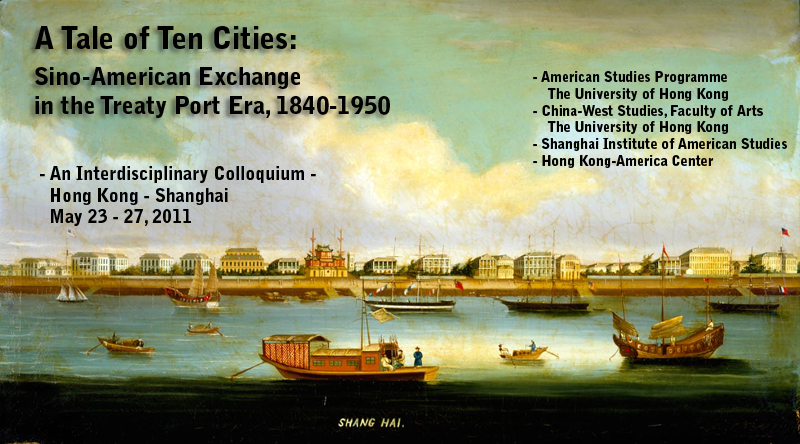Dr. Staci Ford
Honorary Associate Professor in the Department of History, HKU
Paper Title:
'Deeply, almost domestically at home in the world’: Emily Hahn, Gendered Exceptionalisms, and US Journalists in China, 1930-1947
Dr. Staci Ford has lived in Hong Kong since 1993 and teaches courses in History and American Studies at Hong Kong University. Her scholarly interests lie in the areas of United States cultural history, transnational American Studies, women's history, and American orientalism. She is particularly interested in exploring connections between US and Hong Kong/Chinese histories via cultural production. Her most recent book, Troubling American Women: Narratives of Gender and Nation in Hong Kong has recently been published by Hong Kong University Press.
Abstracts:
Many women made names for themselves in the US and elsewhere by writing about their time in China’s port cities (as well as in the interior). Arguably the most famous of this cohort was missionary-turned-author Pearl S. Buck, but American journalists Agnes Smedley and Helen Foster Snow, as well as British activists and journalists Stella Benson and Freda Utley (to name just a few) shared the spotlight as well. Emily Hahn (1905-1997), who will be the focus here, wrote stories that were featured regularly in The New Yorker. She spent six years during the late 1930s and early 1940s living mostly in Shanghai, making occasional trips to Chongqing (Chungking) and Hong Kong. As I begin this discussion of gender, national identity, and the cross-cultural encounter, keep in mind John Haddad’s characterization of the end of the treaty port era as one of “mess, multiplicity, and flux” as well as his characterization of the 1940s as the “high watermark of American exceptionalism.” I am interested in that time of messy endings and the beginnings that followed as a result of war. To that end, Hahn gives us a glimpse of the period from the vantage point of three Chinese cities
...
